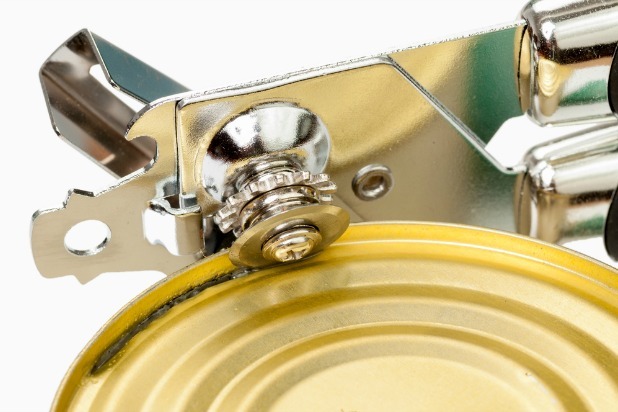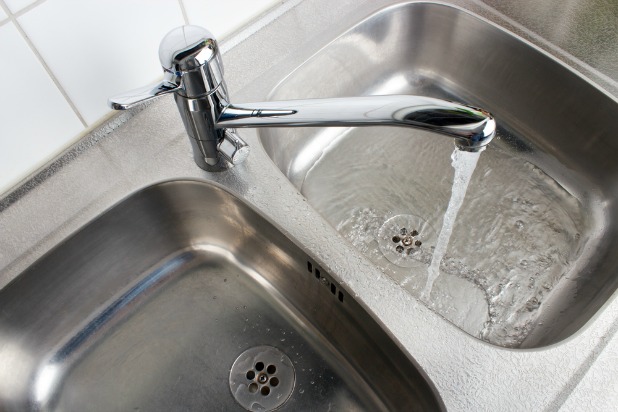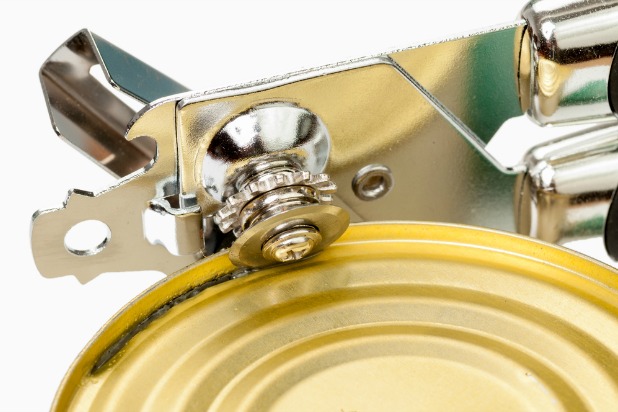Sneaky Places Germs Are Hiding In Your Kitchen
When asked to think of the germiest place in their home, few people would think of their kitchen. But, in reality, the kitchen harbors some of the most germ-ridden items in the average home. Though we focus a lot of attention on cleaning and sanitation in the kitchen, studies show that germs are still lurking in some of the most unexpected places.
Click here to see the Sneaky Places Germs are Hiding in Your Kitchen (Slideshow)
In a study conducted by the NSF, 36 percent of kitchen items tested contained E. coli, 36 percent contained salmonella, 14 percent were contaminated with listeria, and 100 percent of the items harbored yeast and mold, 43 percent of which contained yeast or mold at levels high enough to be a serious concern.
Not surprisingly, these pathogen-ridden surfaces and gadgets come into contact with our food on a daily basis, particularly raw foods, increasing the odds that we will get sick from one of many food-borne illnesses.
Common culprits include kitchen gadgets that aren't (or can't be) disassembled when they're washed. Salmonella, E. coli, yeast, and mold can all thrive on gadgets, even after they've been washed in hot, soapy water. Whenever possible, disassemble multi-piece kitchen gadgets before cleaning them.
Similarly, germs are often found in rubber seals. The rubber seal around the refrigerator freezer door require special attention to clean properly and rubber-seal storage containers should be disassembled when they are cleaned, if possible.
Dish sponges, rags, and towels also often contribute to the problem. Clean and replace these items often and, in the case of sponges, take extra preventative measures (such as microwaving the sponge to help it dry out) to avoid spreading germs.
Kitchen Sink
(Credit: Shutterstock)
It's no secret; lots of germs are washed down the kitchen sink. Make sure the pathogens don't linger by disinfecting it daily with a solution of bleach and water.
Can Opener
(Credit: Shutterstock)
The best way to ensure that salmonella, E.coli, yeast, and mold aren't growing on your can opener is to wash it in the dishwasher after each use. If you don't have a dishwasher, hand-wash after each use but be sure to pay extra attention to the area around the blade.
Click here to see more of the Sneaky Places Germs are Hiding in Your Kitchen (Slideshow)
Kristie Collado is The Daily Meal's Cook Editor. Follow her on Twitter @KColladoCook.


